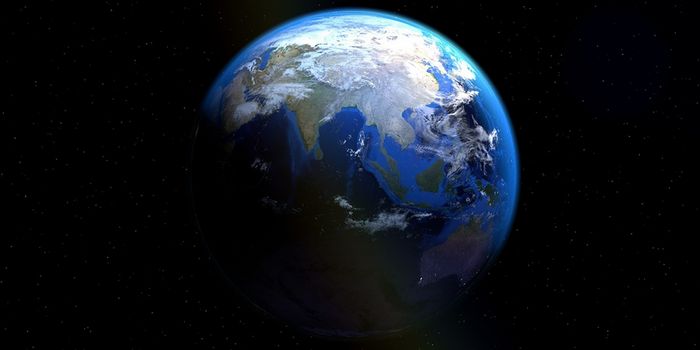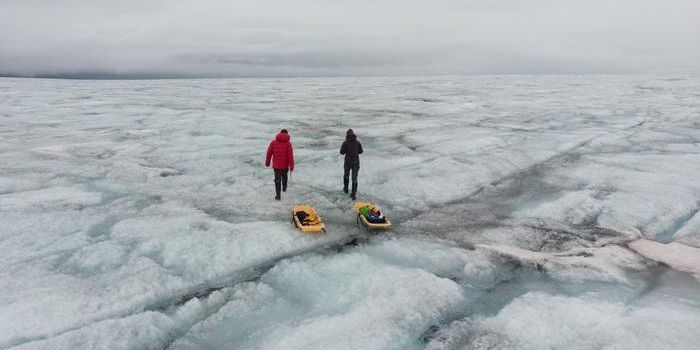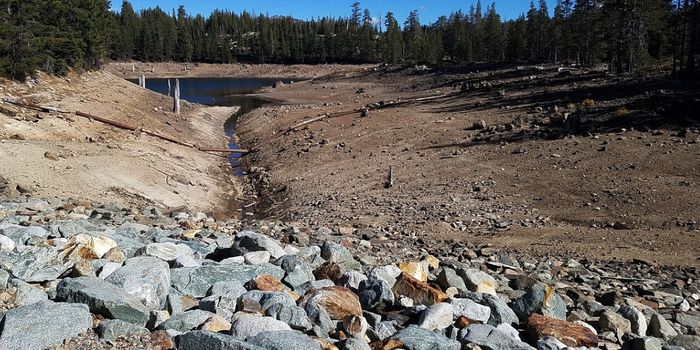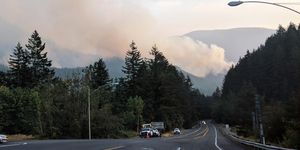Grasslands vs. Forests: Real-Time Responses to Climate Change
What pace do ecosystems respond to climate change? This is what a recent study published in Nature Ecology & Evolution hopes to address as a team of researchers investigated the time it takes for grasslands to respond to climate change, specifically regarding their temperature and precipitation (wetness). This study holds the potential to help researchers, climate scientists, legislators, and the public better understand the short- and long-term effects of climate change and the steps we can take to mitigate them.
For the study, the researchers used a combination of observational studies and datasets to analyze grassland communities in the California Floristic Province involving 349 vascular plant species across 829,337 records and 15 datasets comprised of 12 observational studies and 3 global change experiments. The goal was to ascertain the pace at which grassland biodiversity responds to climate change. While forests typically take long periods of time for climate change to impact them, it is hypothesized that grasslands take much shorter amounts of time.
In the end, the researchers found that grassland biodiversity responded rapidly to climate change, almost in real-time, with temperatures and dryness estimated to be approximately 0.0216 Celsius (32 degrees Fahrenheit) per year and -3.04 millimeters (-12 inches) per year. The researchers attributed emphasized these changes are a negative impact from climate change, as opposed to grasslands adapting to climate change.
"To me, adaptation gives a positive impression that the system is changing to counter some of the negative effects of climate change," said Dr. Yiluan Song, who is a postdoctoral researcher at the Michigan Institute for Data and AI in Society and a co-author on the study. "The rapid shifts in grassland communities involve not only the gain of some hotter, drier species but also the loss of some cooler, wetter species. These shifts might have negative consequences such as dominance by non-native species and loss of biodiversity."
Going forward, the team also emphasize further research on grasslands around the world is needed to better understand these changes and whether the changes observed in the California Floristic Province is isolated or indicative of a larger problem.
What new discoveries will researchers make regarding climate change and how it impacts grasslands in the coming years and decades? Only time will tell, and this is why we science!
As always, keep doing science & keep looking up!
Sources: Nature Ecology & Evolution, Wikipedia, EurekAlert!
Featured Image: Image of grasslands in the Carrizo Plain National Monument in California. (Credit: Joan Dudney)








